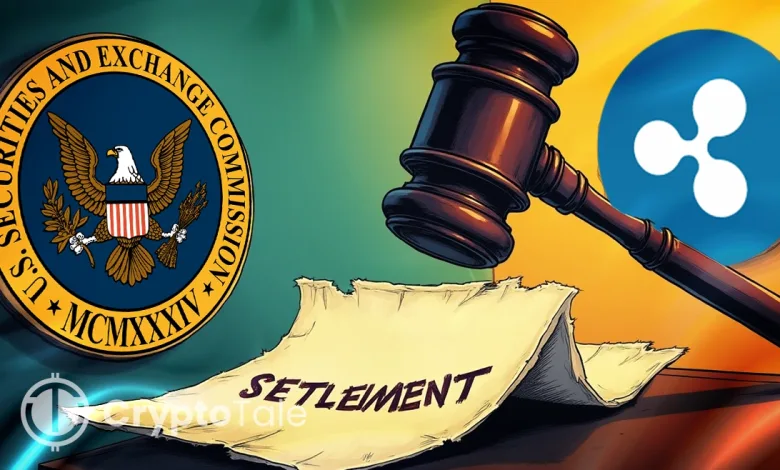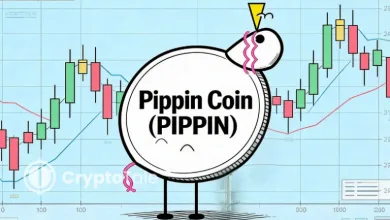Ripple’s Legal Battle with SEC Nears End: Joint Motion to Dismiss and Settlement

- The SEC’s status report confirms Ripple and the SEC’s joint motion to dismiss pending approval.
- Ripple settles with $125 million payment and confirms that future XRP sales need SEC registration.
- The case’s outcome could set a precedent for digital asset regulation in the U.S.
The high-profile Ripple vs. SEC lawsuit in the cryptocurrency space is nearing its end. On August 7, 2025, both parties submitted a joint motion to dismiss their appeals. This is a big step to resolving the four-plus years of legal turmoil surrounding Ripple Labs and its cryptocurrency, XRP. The case is set to be officially concluded once the court approves this motion.
The lawsuit began in December 2020, with the SEC alleging that Ripple conducted an unregistered securities offering involving its XRP token. Since then, the legal battle has kept the entire cryptocurrency community engaged. The status and the way the case ended have been instrumental in establishing regulatory precedents concerning digital assets in the U.S.
Ripple vs. SEC: Case Nears Conclusion
By the submission of the joint dismissal motion, the case is now one step nearer the conclusion. The SEC agreed to withdraw its appeal after Ripple withdrew its cross-appeal. The two parties are behind, waiting for the official consent of the dismissal issued by the court. This is likely to be the last step to the lawsuit.
According to the settlement, Ripple would make a payment of $125 million to the SEC. This amount is significantly lower than the initial $2 billion fine proposed by the SEC. Nevertheless, there is one fundamental requirement: Ripple is not going to try to sell XRP to institutional investors until it reports the sale to the SEC. This limitation would remain after the dismissal is approved.
Regardless of the settlement, the court declared XRP is not a security, which helps to understand the regulatory status of XRP and explains how digital assets need to be treated. However, the court must accept the dismissal before it officially dismisses the case.
Ripple and SEC File Joint Motion to Dismiss
James K. Filan, a former federal prosecutor, filed the SEC’s status report. The report confirmed that the SEC and Ripple had filed a joint motion to dismiss both of their appeals. It also noted that each party would cover its own legal costs and fees. Ripple’s legal team would pay the reduced fine of $125 million.
The case has had a significant impact on the cryptocurrency industry. It has raised important questions about how digital assets should be regulated in the U.S. In April 2025, the SEC requested a 60-day delay to explore a potential settlement with Ripple.
Related: Ripple–SEC Lawsuit: A Turning Point for Digital Asset Oversight
In the report, the SEC proposed reducing the fine from $125 million to $50 million and lifting the injunction on Ripple’s future XRP sales. However, U.S. District Judge Analisa Torres rejected this proposal and chose not to modify her decision, leading the SEC and Ripple to re-file their motion.
On June 16, the SEC requested another 60-day extension to continue working on a resolution. Following this, Judge Torres recommended that both parties withdraw their appeals. Ripple and the SEC followed her advice and filed a joint motion to dismiss.
The Second Circuit Court must approve the joint dismissal for the case to be officially closed. If granted, Ripple would pay the $125 million settlement to the SEC, and the restriction on future XRP sales would remain in effect, requiring Ripple to register any such transactions.
The final approval of the dismissal would mark the conclusion of this major lawsuit. However, its implications for the cryptocurrency industry are far-reaching. This case could set a crucial precedent for how future cryptocurrency-related legal matters are handled. The outcome would play a significant role in shaping the future of digital asset regulation in the U.S.




